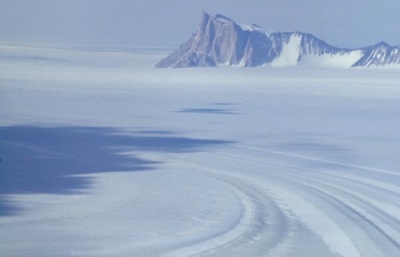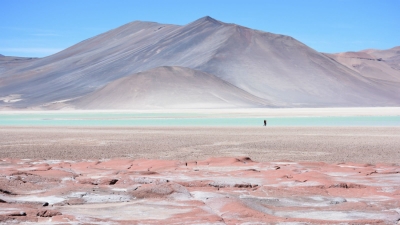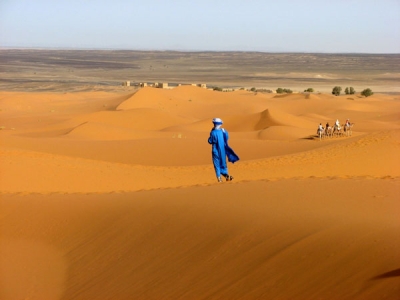
The Great Victoria Desert (GVD) forms one of nine distinct sub-landscapes in the Alinytjara Wilurara region. It is the largest desert in Australia, spanning over 700 kilometres. Its pristine, arid wilderness includes red sand dunes, stony plains and dry salt lakes.
The desert is a part of Australia that houses the most populous and healthy population of Indigenous Australians belonging to groups like Pitjantjatjara, Mirning, and the Kogara. Large parts of the Great Victoria Desert, however, remain uninhabited as the climate and terrain are unsuitable for human settlement. Large, pristine areas of the desert are protected areas like the Mamungari Conservation Park.
Only drought resistant plants can survive the harsh desert environment. A few species of Acacia and Eucalyptus can be found here. Spinifex grasses occupy most the of the desert landscape amidst the sandy ridges. A few mammals and birds can be found in the Great Victoria Desert. Some examples are the great desert skink, the crest-tailed mulgara, the southern marsupial mole, the sandhill dunnart, etc. The large monitor lizards, the sand goanna and the perentie, and the dingo are the active predators of the Great Victoria Desert.
Picture Credit : Google










